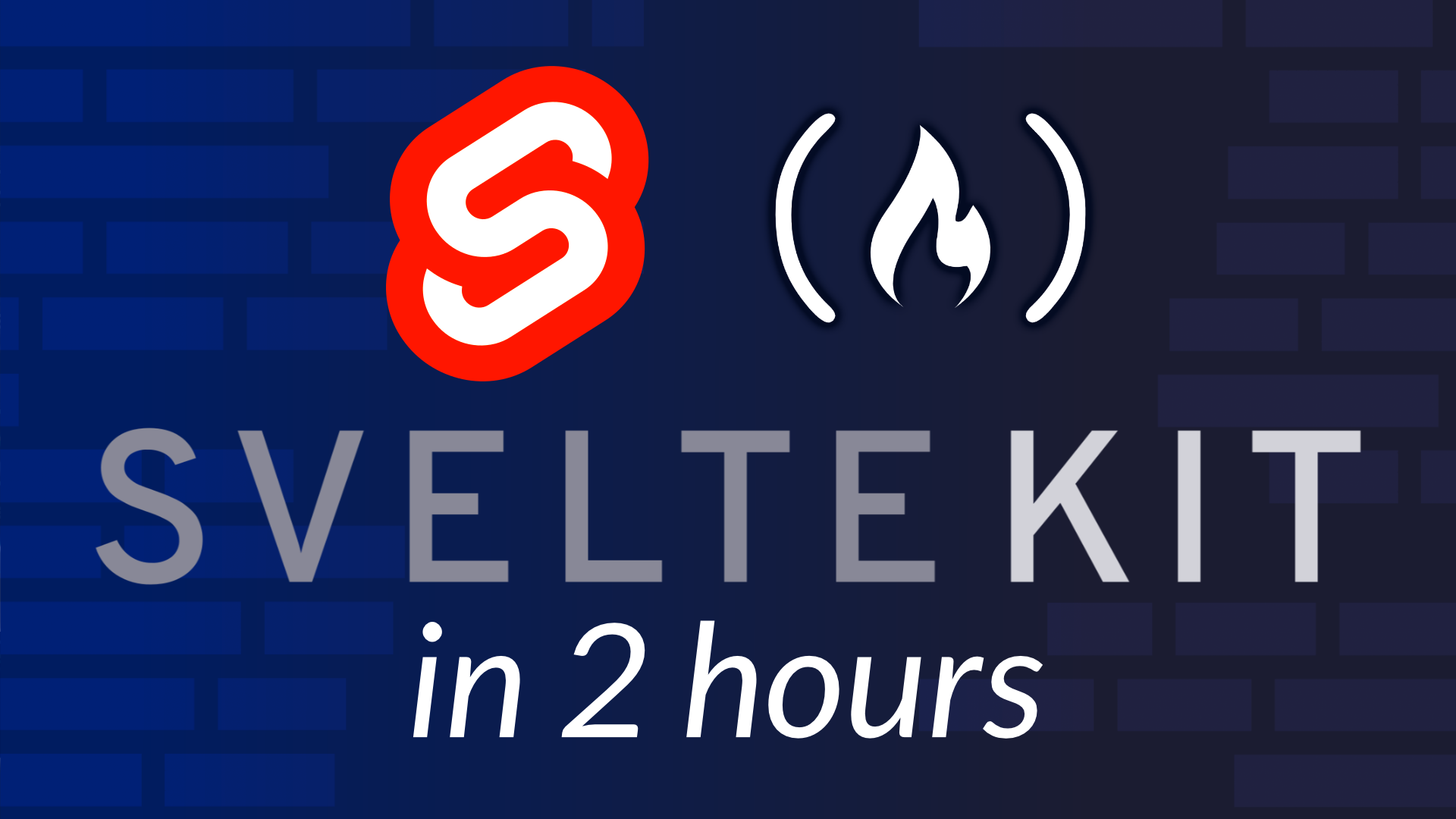SvelteKit is the next evolution of Svelte, a modern JavaScript framework that compiles your code to highly efficient, vanilla JavaScript at build time. It's a great framework to learn for developers seeking to hone their skills or dive into modern web frameworks.
We just posted a course on the freeCodeCamp.org YouTube channel that will teach you how to use both SvelteKit and TailwindCSS. Developed by James McArthur, this course is a great opportunity for beginners to build an awesome-looking landing page from scratch, covering everything from the initial setup to deployment.
Introduction to SvelteKit & TailwindCSS
Before diving into the course, let’s unpack what SvelteKit and TailwindCSS are.
SvelteKit: The Fast, Flexible Framework
Unlike traditional frameworks that do most of the heavy lifting in the browser, Svelte shifts that work into the compile step, creating apps that are faster and lighter. SvelteKit takes this a step further, offering a framework for building server-side rendered (SSR) applications with Svelte. It's designed for greater flexibility, offering features like file-based routing, server-side rendering, static site generation, and seamless integration with various backends.
TailwindCSS: The Utility-First CSS Framework
TailwindCSS is a utility-first CSS framework that allows developers to style their sites directly within their HTML markup. It emphasizes rapid UI development by providing low-level utility classes that can be composed to build any design directly in your markup. This approach minimizes the need to write custom CSS, making it faster and easier to design responsive, custom-styled web pages without leaving your HTML.
Building a Web Application with SvelteKit & TailwindCSS
The course is structured to take you through the process of building a web application using these two powerful technologies. Here’s what you’ll learn:
Setting Up Your Project
The course begins with setting up a new SvelteKit project and integrating TailwindCSS. This foundational step is critical, ensuring you understand how to start a project from scratch and configure it for success.
Designing a Landing Page
Once the setup is complete, James guides you through the process of designing a landing page. This section of the course emphasizes the utility of TailwindCSS in creating responsive, aesthetically pleasing designs with minimal effort. You’ll learn how to use utility classes to style your application, making the design process more intuitive and efficient.
Implementing Features with SvelteKit
With the design in place, the course delves into SvelteKit’s capabilities, such as reactive variables, stores, and modules. These features enable you to create a dynamic, interactive user experience. You’ll explore how to make your landing page not just visually appealing, but also functional and responsive to user interactions.
Deploying Your Landing Page
The final section of the course covers the deployment of your landing page. James walks you through the process of deploying your project to the web, ensuring your work is accessible to the world. This includes choosing a hosting service, setting up your domain, and deploying your site using continuous integration and continuous deployment (CI/CD) pipelines.
Conclusion
For developers looking to get hands-on with SvelteKit and TailwindCSS, this course offers a practical, project-based approach to learning. By building a landing page, you gain a deep understanding of these technologies in a real-world context.
You can watch the full course on the freeCodeCamp.org YouTube channel (2-hour watch).

